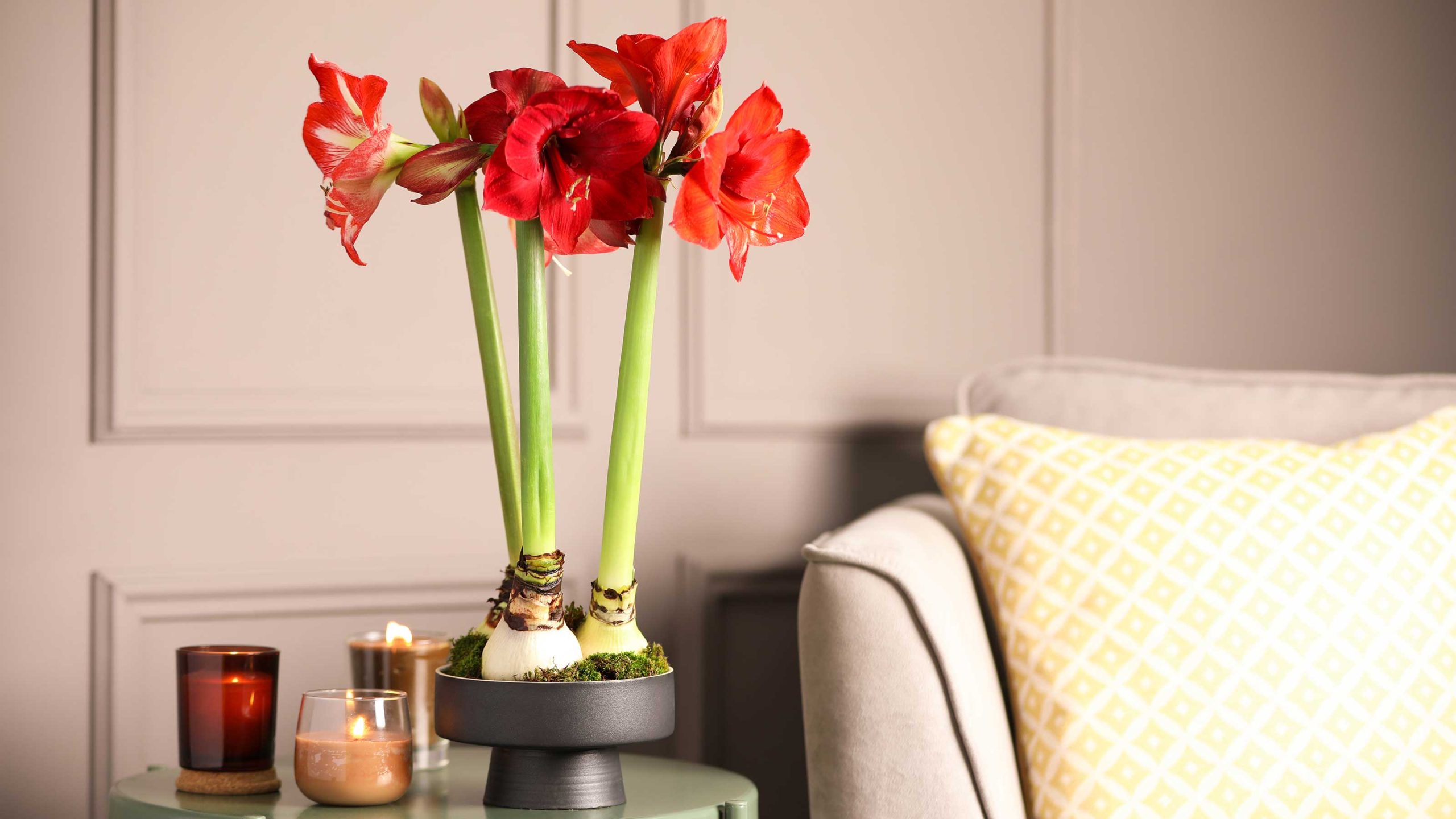With their bold, trumpet-shaped flowers in shades of red, pink, white, and orange, amaryllis are prized for their stunning winter blooms But did you know these showy blossoms also possess a lovely light fragrance? Though subtle, the sweet, floral scent of amaryllis flowers is an added bonus
The Delicate Nature of Amaryllis Fragrance
The fragrance of amaryllis is delicate and mild rather than overpowering. Lean in close to appreciate the subtle notes. Unlike some heavily scented flowers like gardenias the amaryllis aroma is gentle and reserved. It accents the flowers without dominating.
When describing the scent, words like sweet, light, and floral are often used Hints of apple, citrus, or melon may be detected along with a slight spiciness The overall effect is fresh and soothing.
Factors Impacting Amaryllis Scent
Several factors influence the development and release of fragrance in amaryllis blooms:
-
Flower Age: Scent is often strongest when blooms first open then decreases over time.
-
Bloom Stage: Early opening buds may not have as much scent as fully open mature blooms.
-
Time of Day: Fragrance can increase in evening as flowers prepare to attract pollinators.
-
Temperature: Warm conditions encourage more fragrance production than cool temps.
-
Variety: Some amaryllis varieties are intentionally bred for fragrance. Others may be scentless.
-
Growing Conditions: Healthy, vigorous plants tend to have the best floral scent.
Fragrant Amaryllis Varieties
While many modern amaryllis focus on flower size and colors rather than scent, some deliciously fragrant varieties are available:
-
Pink Perfume – This aptly named variety has a delightful rose and apple scent.
-
Apple Blossom – Pale pink blooms emit a fresh apple aroma.
-
Minerva – Large blooms blend fruit and floral notes.
-
Santiago – Subtly scented ruby red flowers on this compact plant.
When selecting an amaryllis bulb, check descriptions for mentions of fragrance to find the most aromatic varieties.
Enjoying Amaryllis Fragrance
The gentle scent of amaryllis flowers is best appreciated up close. Here are some tips:
-
Sniff the flowers at different times of day to detect variations in fragrance. Morning and evening tend to be most aromatic.
-
Bring the blooms up to your nose and inhale gently to appreciate the light, sweet notes.
-
Grow amaryllis in a bedroom or living area to scent the indoor environment.
-
Cut blooms and display in arrangements to spread the delicate fragrance.
-
Plant fragrant varieties in entryways, hallways, or other high-traffic areas to scent those spaces.
Though subtle, the sweet scent of amaryllis flowers adds an extra dimension of beauty. With so many visual and olfactory delights, it’s no wonder amaryllis continue to charm us year after year.
How to get Amaryllis Bulbs to Re-Bloom
FAQ
What does the amaryllis flower smell like?
What is so special about amaryllis?
What is the rarest color amaryllis?
What triggers an amaryllis to bloom?
What is the fragrance of Amaryllis?
The beautiful and majestic Amaryllis is undoubtedly best known for its vibrant and velvety trumpet-like flowers. But behind its bold façade hides this bloom’s best-kept secret – its mild, sweet and delicate scent. In contrast to its opulent appearance, the beauty of the Amaryllis’s fragrance lies in its subtlety.
Is Amaryllis a good scent for aromatherapy?
Aromatherapy is the practice of using natural plant extracts (essential oils) to promote healing and well-being. While there is no scientific evidence to support the use of amaryllis scent in aromatherapy, some people may find the perfume to be relaxing and soothing.
What does Amaryllis smell like?
With its enchanting blend of citrusy and floral notes, the amaryllis is known for its ability to evoke memories and emotions with just a whiff of its scent. Whether you’re a seasoned gardener or a curious onlooker, exploring the delightful aroma of the amaryllis is an experience that is sure to captivate your senses.
Why do Amaryllis flowers smell?
Here’s what we found. First, it’s important to understand that the scent of amaryllis flowers comes from volatile organic compounds (VOCs) that are released from the blooms. These VOCs are influenced by a variety of factors, including temperature, humidity, light intensity, and soil conditions.
- A Complete Guide to Caring for Yuki Cherry Blossom Shrub - January 23, 2025
- Identifying Red Hot Poker Seeds: What to Look For When Harvesting Torch Lily Pods - January 23, 2025
- A Complete Guide to Harvesting Evening Primrose Seeds - January 23, 2025

